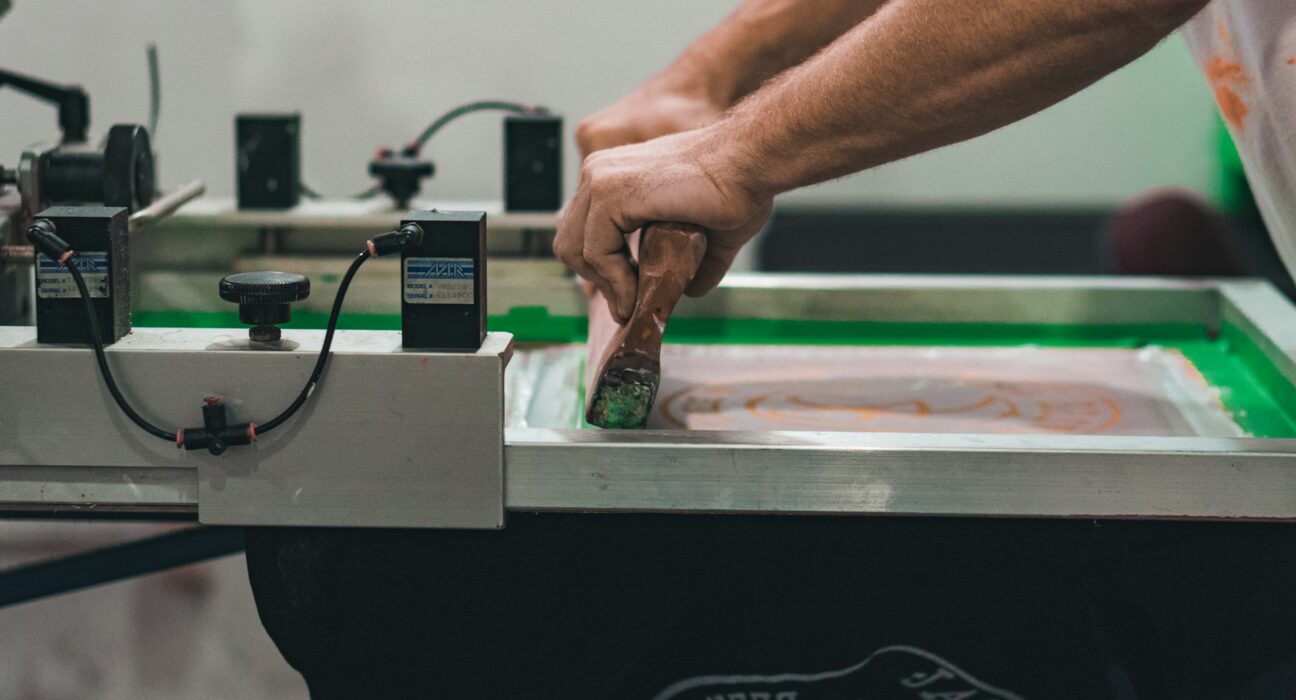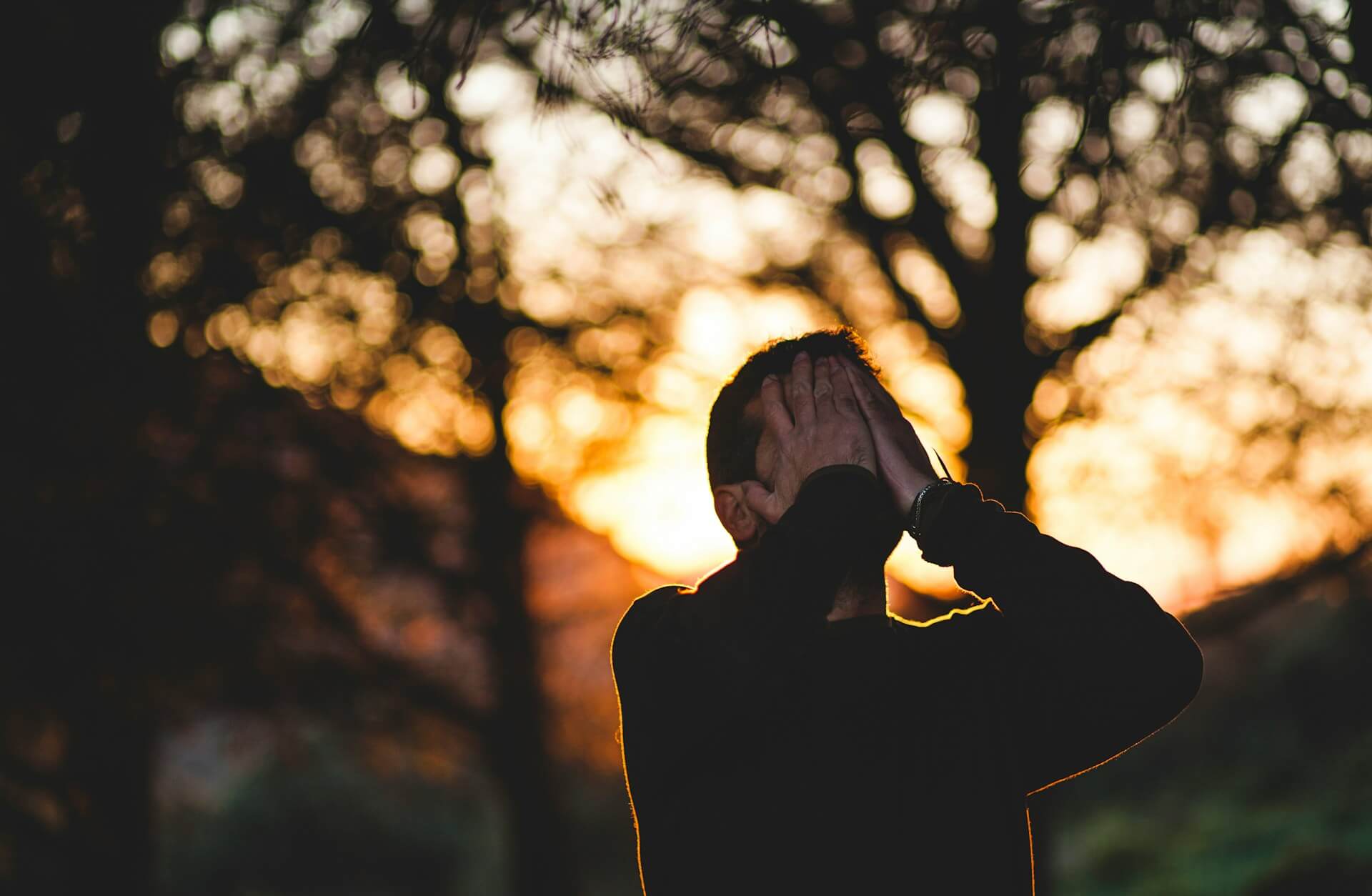Creating memorable custom t-shirts requires more than just slapping a logo on fabric. Whether you’re designing for a business, event, or personal project, the right approach can transform a simple piece of clothing into a powerful statement that people actually want to wear.
Custom t-shirts have become one of the most popular forms of personalized clothing, with the global custom apparel market expected to reach significant growth in the coming years. Yet many designs fall flat because they ignore fundamental design principles.
The difference between a shirt that ends up in the back of a closet and one that becomes a wardrobe staple often comes down to thoughtful design choices.
This post covers six essential design tips that will elevate your custom t-shirt projects. From choosing the right colors to understanding fabric considerations, these strategies will help you create designs that look professional, feel comfortable, and make a lasting impression.
Choose Colors That Command Attention
Understanding Color Psychology in Apparel Design
Color selection forms the foundation of effective custom t-shirt design. Different colors evoke specific emotional responses and can dramatically impact how people perceive your design.
Bold colors like red and orange create energy and grab attention, making them excellent for promotional shirts or event merchandise. Meanwhile, cooler tones like blue and green convey trust and stability, perfect for corporate apparel.
Consider your target audience when selecting colors. Younger demographics often respond well to bright, vibrant palettes, while professional environments typically call for more subdued tones. Research shows that color preferences can vary significantly across age groups and cultural backgrounds.
Contrast and Readability Considerations
High contrast between your design elements and the shirt color ensures maximum readability. Dark text on light backgrounds or vice versa creates the strongest visual impact. Avoid pairing similar color values, such as dark blue text on a black shirt, as this makes your design difficult to read from a distance.
Test your color combinations by viewing them in different lighting conditions. Colors that look great on a computer screen may appear washed out under fluorescent lights or outdoor conditions, where your shirts will actually be worn.
Popular Color Combinations That Work
Some tried-and-true color combinations consistently deliver strong results:
- Black and white: Timeless and versatile, works with any design style
- Navy and gold: Professional appearance with a premium feel
- Red and white: High-energy combination perfect for sports teams
- Forest green and cream: Natural, organic feel for environmental themes
- Burgundy and gray: Sophisticated palette for upscale events
Typography That Speaks Volumes
Font Selection for Maximum Impact
Typography can make or break your custom t-shirt design. Sans-serif fonts like Helvetica and Arial offer clean, modern appearances that remain legible even when printed small. Serif fonts work well for vintage or academic themes, but can lose clarity in smaller sizes or due to printing limitations.
Script fonts should be used sparingly and only for short phrases or single words. While decorative fonts can add personality, they often sacrifice readability. Stick to no more than two different fonts per design to maintain visual cohesion.
Sizing and Spacing Guidelines
Text size directly impacts visibility and comfort. Main headlines should be large enough to read from several feet away, typically 36 points or larger, depending on the shirt size. Body text should never fall below 12 points to ensure readability.
Pay attention to letter spacing and line height. Cramped text appears amateurish and becomes difficult to read. Allow adequate white space around text elements to create breathing room and improve overall design balance.
Avoiding Common Typography Mistakes
Common typography errors that plague custom t shirts include:
- Using too many fonts: Stick to one or two complementary typefaces
- Poor hierarchy: Make important information larger and bolder
- Inadequate contrast: Ensure text stands out from background colors
- Overcrowding: Don’t try to fit too much text in a limited space
- Inconsistent alignment: Keep text elements properly aligned for a professional appearance
Strategic Logo and Graphics Placement
Understanding Shirt Real Estate
Different areas of a t-shirt serve different purposes and have varying levels of visibility. The chest area offers prime real estate for logos and main design elements, typically measuring 4-6 inches wide for optimal proportion. This placement ensures visibility without overwhelming the shirt’s overall appearance.
Back designs can be larger, sometimes spanning the full width of the shirt. However, consider comfort factors—large, heavy graphics across the back can feel uncomfortable against the skin or when sitting against chair backs.
Size Proportions That Look Professional
Scale your designs appropriately to the shirt size. A logo that looks perfect on a medium shirt may appear too small on an extra-large shirt or overwhelm a small size. Create design variations for different shirt sizes when possible, or choose scalable designs that maintain their impact across size ranges.
Generally, chest logos should measure between 3-4 inches for adult shirts, while larger back designs can range from 10-14 inches wide. These proportions create balanced, professional-looking results.
Popular Placement Options and Their Impact
Consider these strategic placement options:
- Left chest: Professional, subtle branding perfect for corporate wear
- Center chest: Bold statement placement for maximum visibility
- Full front: Eye-catching designs for events and promotional wear
- Back yoke: Unique placement that stands out from typical designs
- Sleeve: Modern, athletic-inspired placement is gaining popularity
Fabric Choice Affects Your Final Design
How Different Materials Impact Print Quality
Fabric selection significantly influences how your design will look and feel. Cotton provides excellent print adhesion and breathability, making it ideal for most custom t-shirt applications. The smooth surface accepts various printing methods well and maintains color vibrancy over time.
Polyester blends offer moisture-wicking properties and durability, perfect for athletic or outdoor applications. However, certain printing methods may not adhere as well to synthetic fibers, potentially affecting design longevity.
Tri-blend fabrics combine cotton, polyester, and rayon for a soft, vintage feel. While comfortable to wear, the textured surface can sometimes cause print irregularities, particularly with detailed designs.
Printing Method Compatibility
Different fabrics work better with specific printing techniques:
- Screen printing: Works best on 100% cotton or high cotton blends
- Direct-to-garment (DTG): Optimal results on cotton or cotton-heavy blends
- Heat transfer vinyl: Compatible with most fabric types, but may feel less breathable
- Sublimation: Requires polyester or poly-coated surfaces for proper color transfer
Quality Considerations for Longevity
Higher-quality base shirts ensure your designs maintain their appearance through multiple washes. Pre-shrunk fabrics prevent design distortion after washing, while reinforced seams extend overall garment life. Consider ring-spun cotton for superior softness and print quality compared to standard cotton options.
Resolution and File Preparation Essentials
Vector vs. Raster Graphics
Vector graphics created in programs like Adobe Illustrator scale infinitely without quality loss, making them ideal for custom t-shirts that may be produced in various sizes. Vector files ensure crisp, clean lines regardless of final print size.
Raster graphics (photographs, detailed illustrations) should be saved at high resolution—minimum 300 DPI at final print size. Low-resolution images appear pixelated and unprofessional when printed, particularly on larger design areas.
File Format Requirements
Different printing methods require specific file formats:
- Screen printing: Vector files (AI, EPS) or high-resolution raster files (PSD, TIFF)
- DTG printing: High-resolution raster files with transparent backgrounds (PNG preferred)
- Vinyl cutting: Vector files for clean cutting lines
- Embroidery: Digitized embroidery files (DST, PES) created from vector artwork
Color Mode and Profile Settings
Set up your files in CMYK color mode for most printing applications, as this matches the printing process used by most custom apparel companies. RGB files may produce unexpected color shifts during printing.
Include color swatches or Pantone color references when specific color matching is critical. This helps ensure your printed colors match your design intentions.
Budget-Friendly Options That Don’t Compromise Quality
Smart Design Choices That Save Money
Reducing the number of colors in your design significantly impacts printing costs, especially for screen printing, where each color requires a separate screen. Single-color designs often look more sophisticated while keeping costs manageable.
Consider design elements that work well in one or two colors. Bold typography, geometric shapes, and simple illustrations translate effectively to fewer colors while maintaining visual impact.
Bulk Ordering Advantages
Larger quantity orders typically offer better per-unit pricing. Plan and consolidate orders when possible to take advantage of bulk pricing tiers. Many custom apparel companies offer significant discounts for orders of 50 or 100 pieces.
Consider organizing group orders for events, organizations, or teams to reach higher quantity tiers and share shipping costs.
When to Invest in Premium Options
Sometimes, premium options provide better value long-term:
- Higher-quality shirts: Last longer and maintain appearance through multiple washes
- Professional design services: Ensure optimal file preparation and color matching
- Advanced printing techniques: Offer superior durability and appearance for frequently worn items
- Sample orders: Allow you to test quality before committing to large quantities
Transform Your Vision Into Wearable Art
Creating exceptional custom t-shirts combines artistic vision with practical considerations. The best designs balance creativity with functionality, ensuring your shirts look professional while serving their intended purpose.
Start with a clear concept and audience in mind. Whether you’re creating promotional merchandise, team uniforms, or personal statement pieces, understanding your goals helps guide design decisions throughout the process.
Test your designs before committing to large orders. Many custom apparel companies offer sample services that let you see exactly how your design will look and feel on the actual shirt. This small investment can prevent costly mistakes and ensure your final product meets expectations.
Remember that a great custom t-shirt design is an iterative process. Don’t be afraid to refine your concepts based on feedback and practical considerations. The most successful personalized clothing is that which people genuinely want to wear, not just receive.







